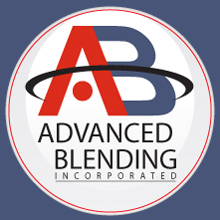MetFloc
Continuous Treatment Process
for Heavy Metal
Removal from Wastewater
The MetFloc process of heavy metal removal from wastewater can be a batch treatment process or in a continuous treatment process. The continuous-flow process control mode can be either semi-automatic or fully automatic. Laboratory and/or pilot studies will establish the required combination and dosing of MetFloc chemicals.
Stable wastewater: In this situation, the metal content is always out of compliance. Continuous dosing of MetFloc chemicals is required. The pH setpoint is the process control setpoint (e.g., metal refinery).
Unstable wastewater: Manufacturing process requires a lot of rinse water. Sometimes metal content in wastewater is already below compliance level. Process control efficiency and cost effectiveness does not require continuous dosing of MetFloc chemicals (e.g. electroplating/printed circuit board shops). Oxidation-reduction potential (ORP) and pH set points are the process control set points.

MetFloc continuous process flow diagram for metal removal from waste water
Typical MetFloc Continuous Treatment System
- Wastewater
type: Chelated/complexed spent electroplating bath.
- Flow
rate: 50 gallons per minute (gpm).
- Systems
unit: Fully automated with a programmable logic controller (PLC), supervisory
control and remote data acquisition (SCADA), alarm paging capabilities and virtual
instrumentation.
- Process
control: In a typical process, the high-level float switch in the sump activates
the MetFloc chemicals dosing pumps. The stroke/speed knobs for these pumps are
set based on bench scale and/or pilot studies. Wastewater flow through the treatment
system is by gravitational movement. After chemical precipitation, coagulation/flocculation
in the treatment tank, rapid liquid/solids separations then place in the clarifier
with clear water at the top and metal-laden sludge at the bottom. High quality
clear water can be directly reused, be further refined, or dumped to the local
municipal sewer.
- Throughput time: Very fast.
 |
60
GPM Continuous Flow Unit
|





